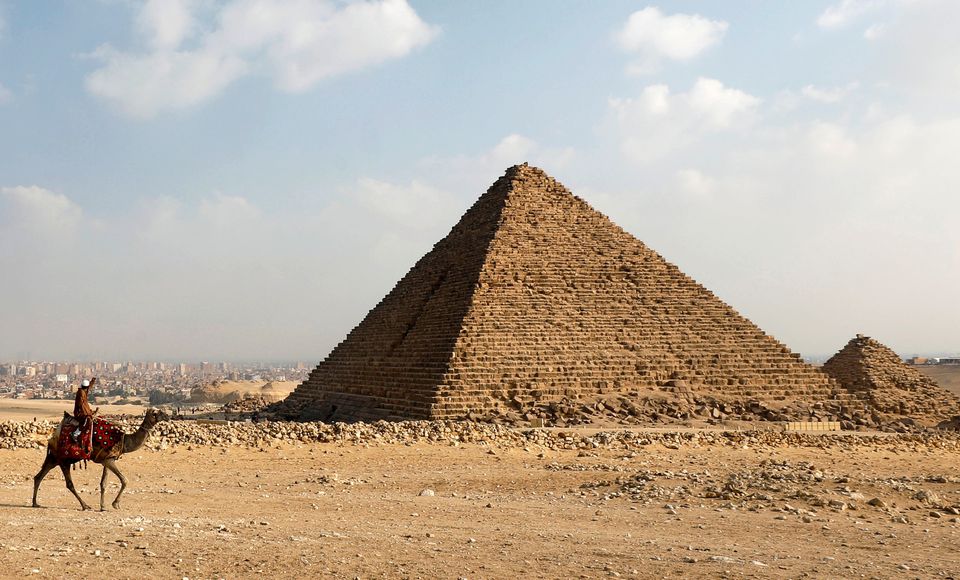Last March, the New York based OR Books published the first Twitter book ever, Tweets from Tahrir: Egypt’s revolution as it unfolded, in the words of the people who made it. A tribute to the 25 January revolution, the book is also envisioned by its co-editor, Nadia Idle, as a historical document of the eventful 18 days as well as on the use of social media.
But Tweets from Tahrir is not the only example of social media texts that have made their way into the landscape of literature. Over the past few years, dozens of books have been printed from Egyptian literary blogs – often after great success with blog followers. The most publicized of these include Abeer Soliman’s Diaries of a Spinster and I Want to Get Married by Ghada Abdul Aal, which was reprinted four times and then adapted for a TV series during the 2010 Ramadan season.
Both blogs were started by young women who wanted to raise awareness about the status of “spinsters” in Egyptian society -albeit in very different ways. In a roundtable entitled “Futuroplis2: Literature of the Virtual City,” author Soliman explained that over 1500 people followed her blog and Facebook page, often leaving comments, anecdotes and testimonials. It was this enriching process that enabled the blog go on for over a year before it came out in print.
“The world has never come across such an interactive medium,” writer Youssef Rakha explains, and that’s why people are simultaneously excited and anxious. “Social media have been offering people space for self-expression that they missed in the real world,” he adds. Artist and writer Paul Geday agrees, arguing that the words: “page,” “publish,” “share” and “comment” although borrowed from the physical world, are used much more effectively online.
Despite some censorship attempts, bloggers were often free from the trends set by market forces and focused more on their cause and followers. But with several online works going to print, the rules of the game may gradually change. The editors of Tweets from Tahrir admirably published all tweets unedited – even in terms of spelling or grammar. “We wanted to stay true to the spirit of the tweets,” Idle explained.
Tweets from Tahrir is, however, a special case since its emphasis is on the documentary rather than literary value of tweets. “The book still reads like a drama," Idle says, "because of the nature of the events and the diversity of the activists’ writing styles. Gigi Ibrahim, for instance, is very expressive and emotional.”
In the book Ibrahim (Gsquare86) is quoted tweeting on 31 January, “The people have waited 30 years for this, no way will back out now!! The people or Mubarak in this country!!!!”
“Hossam ElHamalawy’s writing on the other hand is more factual,” Idle points out. On the morning of 2 February (which was when the so-called Battle of the Camels took place), ElHamalawy (3arabawy) tweets, “Here r the latest updates: The govt is countermobilizing against us now. There are several pro-Mubarak protests taking place in Cairo now,” and then later in the evening he writes: “The shabab (youth) totally evicted Mubarak’s thugs from Talaat Harb. Tahrir is still under control of the shabab. Long live the revolution.”
Moving from real to cyber space has been the rising trend in recent years due to higher interactivity. But the intimacy readers develop with the printed text still seems relevant, Rakha argues. Other arguments made for print is the perceived durability associated with physical books versus the temporal nature of online publishing. Although Soliman doesn’t believe she reached a wider readership when Diaries of a Spinster went to print, she maintains that it gave her some closure so that she can move on to the next topic. As for Idle, printing the tweets, was a way of saving them for future generations. “It would provide hope as well as primary sources for research institutions.”




